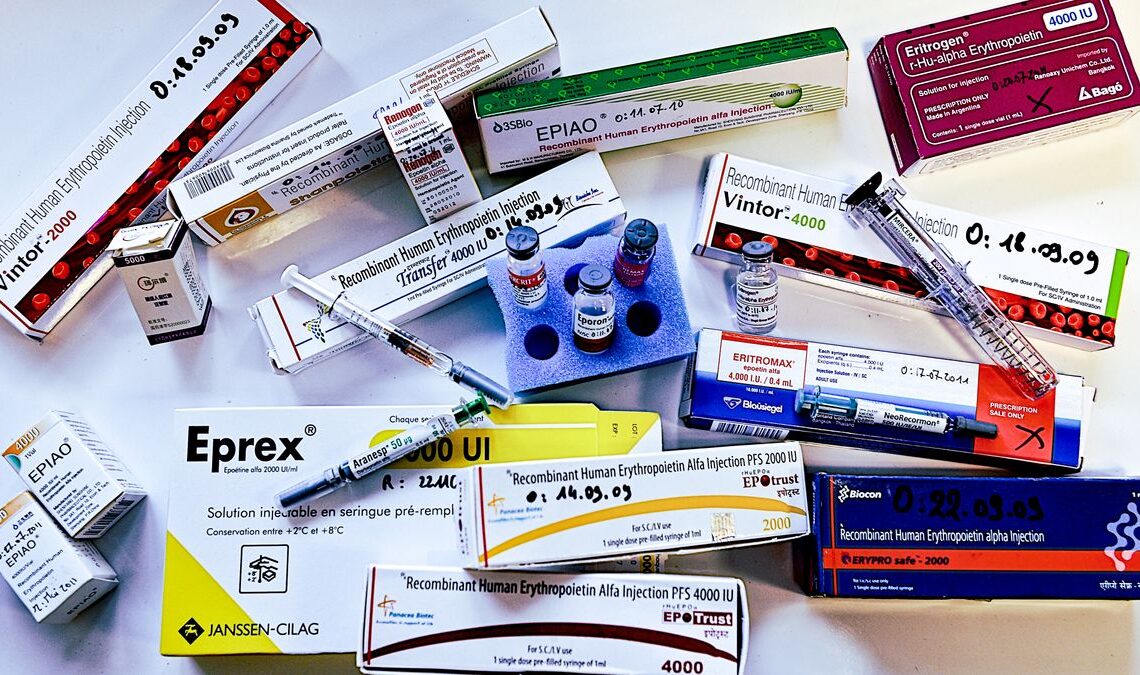“Look at the climb of Alpe d’Huez in 2022. [Geraint] Thomas, [Tadej] Pogačar, [Jonas] Vingegaard, they were all there and over three minutes slower than [Marco] Pantani in 1995. And he was on a 9kg steel bike. Over the last 10 years, the sensitivity of doping and analysis has increased by a factor of 1,000, which means that you’re able to detect substances with a concentration that’s 1,000 times less than before. We are still improving the system, but I would say that if there is a doping substance in the body of an athlete, it will be found.”
These are the words of Raphael Faiss, research manager at the Centre of Research and Expertise in Anti-Doping sciences (REDs) at the University of Lausanne. The cause of Faiss’ optimism? The Athlete Biological Passport, or ABP, this year celebrates 15 years since WADA, the World Anti-Doping Agency, rolled out its “new testing paradigm”.
Beating anaemia… and the competition
Click Here to Read the Full Original Article at CyclingNews RSS Feed…

